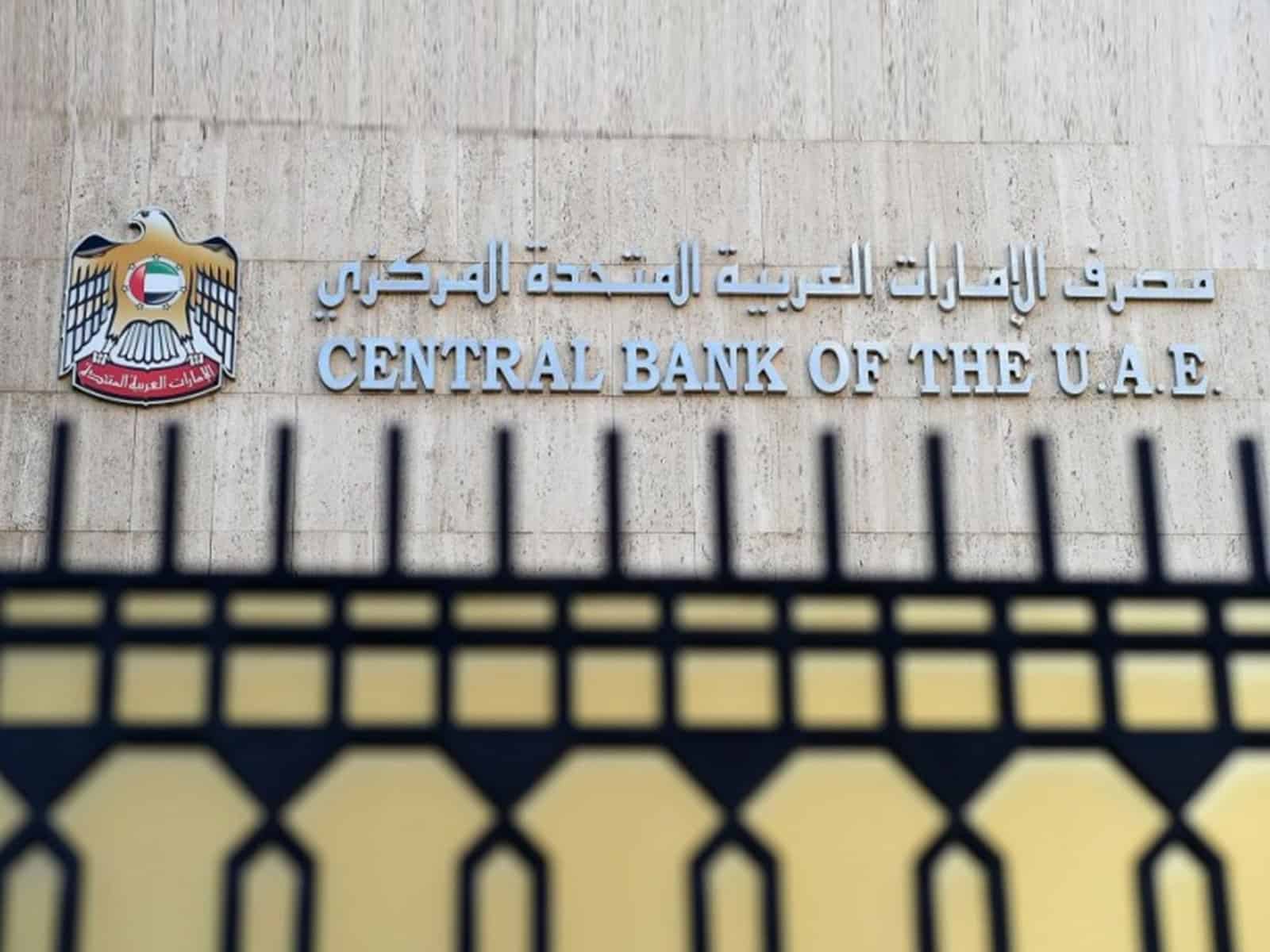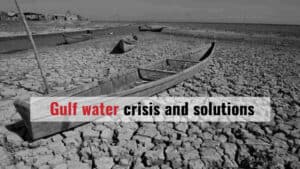As storm clouds gather, policymakers need to keep a steady hand.
The global economy continues to face steep challenges, shaped by the lingering effects of three powerful forces: the Russian invasion of Ukraine, a cost-of-living crisis caused by persistent and broadening inflation pressures, and the slowdown in China.
Our latest forecasts project global growth to remain unchanged in 2022 at 3.2 percent and to slow to 2.7 percent in 2023—0.2 percentage points lower than the July forecast—with a 25 percent probability that it could fall below 2 percent.
More than a third of the global economy will contract this year or next, while the three largest economies—the United States, the European Union, and China—will continue to stall. In short, the worst is yet to come, and for many people 2023 will feel like a recession.
Russia’s invasion of Ukraine continues to powerfully destabilize the global economy. Beyond the escalating and senseless destruction of lives and livelihoods, it has led to a severe energy crisis in Europe that is sharply increasing costs of living and hampering economic activity.
Gas prices in Europe have increased more than four-fold since 2021, with Russia cutting deliveries to less than 20 percent of their 2021 levels, raising the prospect of energy shortages over the next winter and beyond.
More broadly, the conflict has also pushed up food prices on world markets, despite the recent easing after the Black Sea grain deal, causing serious hardship for low-income households worldwide, and especially so in low-income countries.
Persistent and broadening inflation pressures have triggered a rapid and synchronized tightening of monetary conditions, alongside a powerful appreciation of the US dollar against most other currencies.
Tighter global monetary and financial conditions will work their way through the economy, weighing demand down and helping to gradually subjugate inflation.
So far, however, price pressures are proving quite stubborn and a major source of concern for policymakers.
We expect global inflation to peak in late 2022 but to remain elevated for longer than previously expected, decreasing to 4.1 percent by 2024.
In China, the frequent lockdowns under its zero COVID policy have taken a toll on the economy, especially in the second quarter of 2022. Furthermore, the property sector, representing about one-fifth of economic activity in China, is rapidly weakening.
Given the size of China’s economy and its importance for global supply chains, this will weigh heavily on global trade and activity.
The external environment is already very challenging for many emerging market and developing economies. The sharp appreciation of the US dollar adds significantly to domestic price pressures and to the cost-of-living crisis for these countries. Capital flows have not recovered, and many low-income and developing economies remain in debt distress. The 2022 shocks will re-open economic wounds that were only partially healed following the pandemic.
Downside risks to the outlook remain elevated, while policy trade-offs to address the cost-of-living crisis have become acutely challenging. The risk of monetary, fiscal, or financial policy mis-calibration has risen sharply at a time when the world economy remains historically fragile and financial markets are showing signs of stress.
Increasing price pressures remain the most immediate threat to current and future prosperity by squeezing real incomes and undermining macroeconomic stability.
Central banks around the world are now laser-focused on restoring price stability, and the pace of tightening has accelerated sharply. There are risks of both under[1]and over-tightening. Under-tightening would entrench further the inflation process, erode the credibility of central banks, and de-anchor inflation expectations. As history repeatedly teaches us, this would only increase the eventual cost of bringing inflation under control.
Over-tightening risks pushing the global economy into an unnecessarily harsh recession. As several prominent voices have argued recently, over-tightening is more likely when central banks act in an uncoordinated fashion. Financial markets may also struggle to cope with an overly rapid pace of tightening. Yet, the costs of these policy mistakes are not symmetric.
Misjudging yet again the stubborn persistence of inflation could prove much more detrimental to future macroeconomic stability by gravely undermining the hard-won credibility of central banks. As economies start slowing down, and financial fragilities emerge, calls for a pivot toward looser monetary conditions will inevitably become louder.
Where necessary, financial policy should ensure that markets remain stable, but central banks around the world need to keep a steady hand with monetary policy firmly focused on taming inflation.
These challenges do not imply that a large downturn is inevitable. In many countries, including the United States, the United Kingdom, and the euro area, labor markets remain tight, with historically low unemployment rates and high levels of vacancies. Chapter 2 of this report documents how the current environment—despite rapidly rising prices and wages—may still avert a wage-price spiral, unless inflation expectations become de-anchored.
Formulating the appropriate fiscal policy given the juxtaposed cost-of-living, energy, and food crises has become an acute challenge for many countries.
I shall mention a few important principles. First, for countries where the pandemic is now firmly receding, it is time to rebuild fiscal buffers. As the pandemic vividly illustrated, fiscal space is essential for dealing with crises. Countries with more fiscal room were better able to protect households and businesses.
Second, fiscal policy should not work at cross-purposes with monetary authorities’ efforts to quell inflation. Doing otherwise will only prolong the fight to bring inflation down, risk de-anchoring inflation
expectations, increase funding costs, and stoke further financial instability, complicating the task of fiscal as well as monetary and financial authorities, as recent events illustrated. Third, the energy crisis, especially in Europe, is not a transitory shock. The geopolitical re-alignment of energy supplies in the wake of Russia’s war against Ukraine is broad and permanent.
Winter 2022 will be challenging for Europe, but winter 2023 will likely be worse. Fiscal authorities in the region need to plan and coordinate accordingly. Fourth, price signals are essential to help curb demand and stimulate supply.
Price controls, untargeted subsidies, or export bans are fiscally costly and lead to excess demand, undersupply, misallocation, rationing, and black-market premiums.
History teaches us they rarely work. Fiscal policy should instead aim to protect the most vulnerable through targeted and temporary transfers. If some aggregate fiscal support cannot be avoided, especially in countries hardest hit by the energy crisis, it is important to embed policy in a credible medium-term fiscal framework.
Fifth, fiscal policy can help economies adapt to a more volatile environment and bounce back from adversity by investing in expanding productive capacity: human capital, digitalization, green energy, and supply chain diversification can make economies more resilient when the next crisis comes. Unfortunately, these simple principles are not uniformly guiding current policy, and the risk of outsized, poorly targeted, and broadly stimulative fiscal packages in many countries is not negligible.
For many emerging markets, the strength of the dollar is causing acute challenges, tightening financial conditions, and increasing the cost of imported goods.
The dollar is now at its highest level since the early 2000s. So far, this appreciation appears mostly driven by fundamental forces, such as the tightening of monetary policy in the United States and the energy crisis. The appropriate response in most countries is to calibrate monetary policy to maintain price stability, while letting exchange rates adjust, conserving valuable foreign exchange reserves for when financial conditions really worsen.
As the global economy is headed for stormy waters, financial turmoil may well erupt, prompting investors to seek the protection of safe-haven investments, such as US Treasuries, and pushing the dollar even higher.
Now is the time for emerging market policymakers to batten down the hatches. Eligible countries with sound policies should urgently consider improving their liquidity buffers by requesting access to precautionary instruments from the Fund.
Looking ahead, countries should also aim to minimize the impact of future financial turmoil through a combination of preemptive macroprudential and capital flow measures, where appropriate, in line with our Integrated Policy Framework.
Too many low-income countries are in or close to debt distress. Progress toward orderly debt restructurings through the Group of Twenty’s Common Framework for the most affected is urgently needed to avert a wave of sovereign debt crisis. Time may soon be running out.
Finally, the energy and food crises, coupled with extreme summer temperatures, starkly remind us of what an uncontrolled climate transition would look like. Much action is needed to implement climate policies that will ward off catastrophic climate change.
These policies may have some modest adverse implications for activity and inflation in the near term that pale in comparison to the catastrophic costs of doing nothing. Importantly, these costs rise sharply the more we delay the green transition.
The message is clear: a timely and credible transition, in addition to being critical for our planet’s future, also helps macroeconomic stability. Progress on climate policies, as well as on debt resolution and other targeted multilateral issues, will prove that a focused multilateralism can, indeed, achieve progress for all and succeed in overcoming geo-economic fragmentation pressures.
Pierre-Olivier Gourinchas is Economic Counsellor at the International Monetary Fund. Above is the edited version of the ‘Foreword’ written by him for the World Economic Outlook Report October 2022 titled “Countering The Cost-Of-Living Crisis“.
The opinions expressed are those of the author and may not reflect the editorial policy or an official position held by TRENDS.







